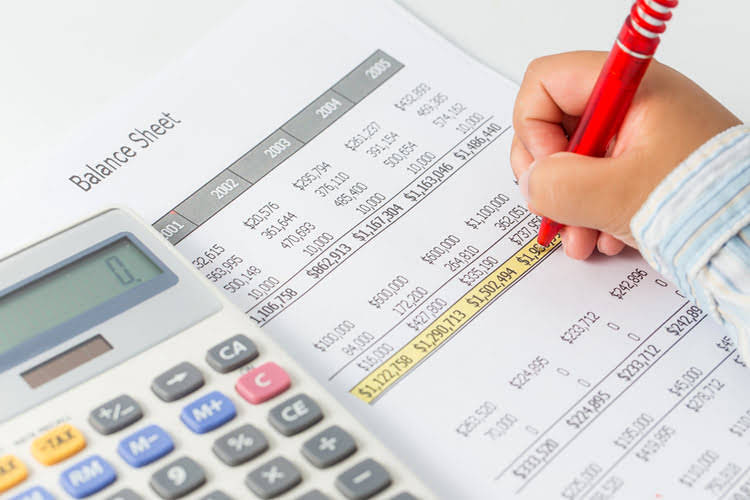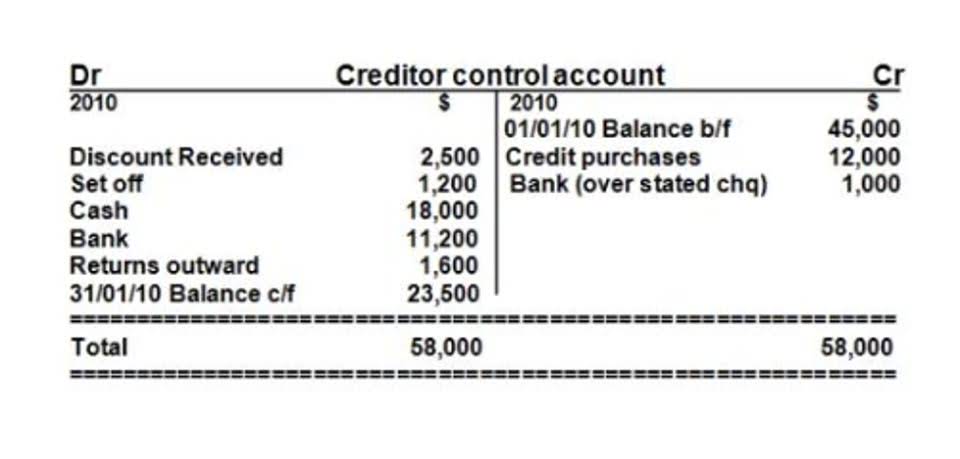Journal Entries for Partnerships Financial Accounting

Unlike corporations, partnerships don’t pay income taxes at the business level. Instead, profits and losses flow through to individual partners, who report them on their personal tax returns. General partnerships are the simplest form, where all partners share equal responsibility for the business’s debts and obligations. This type of partnership is often chosen for its straightforward structure and Financial Forecasting For Startups ease of formation. However, the unlimited liability can be a significant drawback, as each partner’s personal assets are at risk.
- Most students need to know all about the introduction to partnership accounting which is a part of their syllabus in order to score good marks in the exams.
- Other common law jurisdictions, including England, do not consider partnerships to be independent legal entities.
- Partnership accounting is governed by Generally Accepted Accounting Principles (GAAP) and any relevant laws and regulations.
- The timing and structure of distributions are important for managing tax burdens and aligning with broader financial goals.
1 Fluctuating Capital method

Partners may contribute capital, labor, skills, and experience to the business. They may have unlimited legal liability for the actions of the partnership and its partners. Strategic planning can help partners partnership accounting optimize tax outcomes, such as deferring distributions to years with lower taxable income. The timing and structure of distributions are important for managing tax burdens and aligning with broader financial goals.

What kind of Experience do you want to share?

Remember, this is a contra-equity account since the owners are reducing the value of their ownership by taking money out of the company. Vedantu’s CBSE Class 12 Accountancy – I Notes are a valuable resource for students aiming to excel in their exams. With comprehensive coverage, expert explanations, and a user-friendly format, these notes simplify complex topics, boost understanding, and save study time. They serve as an excellent revision tool, helping students stay organized and focused on key concepts, and making exam preparation more efficient and effective.
- The current account may show credit and debit balance at the end of the year.
- Some partnerships allocate profits and losses equally, regardless of contributions, particularly when partners bring varying expertise or effort.
- For example, if a partner with a $50,000 basis receives a $40,000 current distribution, no gain is recognized, and their basis is reduced to $10,000.
- The tax responsibility passes through to the individual partners, who are not considered employees for tax purposes.
- For example, long-term capital gains for 2024 are taxed at rates ranging from 0% to 20%, depending on income level.
A. Initial Capital Contribution Entry

Additionally, the partnership must settle tax obligations, including filing a final tax return and addressing any outstanding taxes. It is advisable for partners to consult with legal and financial professionals to navigate these requirements effectively, ensuring that all legal obligations are met and reducing the risk of future liabilities. For example, under Internal Revenue Code Section 721, property contributions to a partnership generally do not trigger a gain or loss.

- The Partnership Deed may allow partners to withdraw money or goods from the business to meet their private requirements.
- This step is crucial to ensure that the new partner aligns with the partnership’s vision and values, thereby minimizing the risk of future conflicts.
- In simple, we can understand, a Limited Liability Partnership as a hybrid of a partnership and a company.
- The amount of contribution is mutually settled and need not necessarily be equal.
- Remember, this is a contra-equity account since the owners are reducing the value of their ownership by taking money out of the company.
Financial statements provide a comprehensive view of the partnership’s financial health, enabling partners to make informed decisions and stakeholders to assess the business’s performance. The primary financial statements for a partnership include the balance sheet, income statement, and statement of cash flows. Each of these statements offers unique insights into different aspects of the partnership’s financial activities. Partnership accounts play a vital role in ensuring transparency, fairness, and accountability in partnerships. By accurately tracking capital contributions, profit-sharing, drawings, and other transactions, partnership accounting helps maintain healthy business relationships and supports informed decision-making. Properly managed partnership accounts contribute to the financial stability Certified Public Accountant and long-term success of the partnership.
- Here is a good (but long) video demonstrating the liquidation process and the journal entries required.
- However, distributions exceeding the basis are treated as capital gains and are taxable.
- General partners manage the business and assume full liability, while limited partners contribute capital and enjoy limited liability, protecting their personal assets.
- Where the withdrawals of the partners are unequal, partner’s accounts are equitably adjusted through the mechanism of interest on drawings.
- In case of any partner gave loan to his firm, that partner is entitled to an interest on that given loan at a pre-decided rate of interest.
- If goodwill is to be retained in the partnership and therefore continue to be recognised as an asset in the partnership accounts, then no further entries are required.
0 comments on Journal Entries for Partnerships Financial Accounting